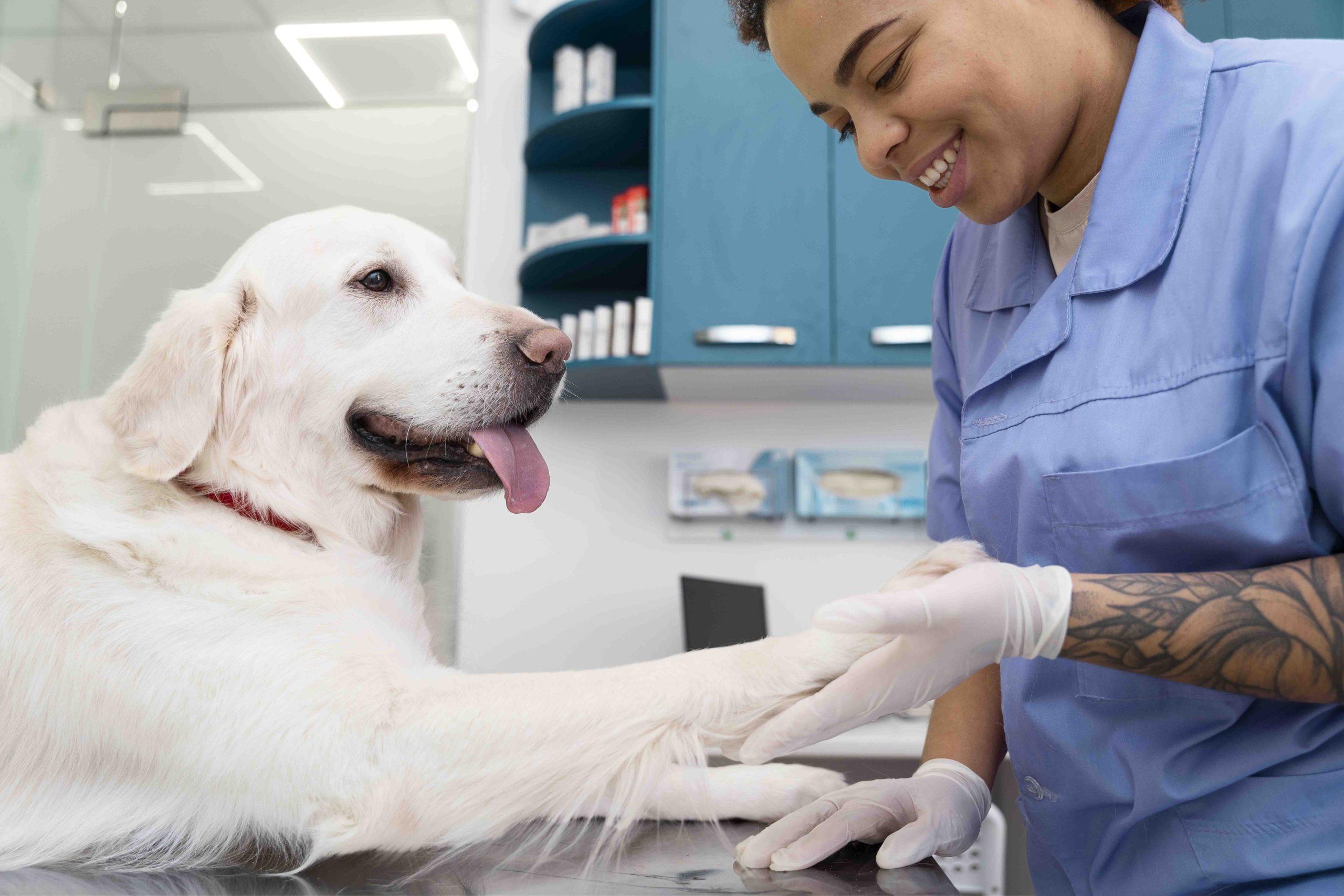Spring is coming and with it the allergies in our dogs. Allergies in dogs are not very well known, but it is a factor that can be present at this time of the year, that is why we want you to be well-informed on this subject.
Types of allergies
Allergies in dogs can be caused by different factors such as pollen, dust mites, plants, bees, fleas, etc. so you have to know that there are different types of allergies:
Environmental allergy or respiratory seasonal allergy: This is the most common, it is the one that comes from the environment where our dog is normally found, this allergy comes from pollen, dust mites, insects or fungi, fleas, plants, etc.
How to detect the allergy:
1. Swollen throat or snoring throughout the day.
2. Sneezing
3. Shortness of breath
4. Red, inflamed eyes or muzzle or conjunctivitis.
Skin allergy: This can be caused by flea bites, rubbing against a particular plant or food.
How to detect the allergy:
1. Itching
2. Excessive scratching
3. Loss of hair or alopecia caused by excessive scratching, biting or licking too often.
4. Redness, rashes or wounds on the skin. These reactions are more common in areas such as the abdomen, the pads, between the toes and the inside of the ears.
Digestive allergy or internal allergens: Appears after eating some food such as wheat, barley, dairy products, animal protein such as chicken, beef, … vegetable protein, eggs, etc.
How to detect the allergy:
1. Diarrhea
2. Vomiting
3. Change of mood
4. Loss of appetite
5. Weight loss
How to help allergy recovery
In case your furry one has allergy symptoms, and you think he may be suffering, take him to a veterinarian so that he can be diagnosed and treated appropriately.
1. Have a clean environment: Wash his bed, toys, leash and harness to remove the dust that accumulates.
2. Attention to the area of the walks, ja that if there is a lot of vegetation, rivers, swamps, … In the hot season is where parasites accumulate and can attack your dog if he is allergic.
3. Brush more often because in its fur can be concentrated substances which can affect its allergy.
4. Follow the vaccine’s booklet, make revisions to the veterinarian and deworming every 3–4 months.
5. Make a balanced diet and have a correct feed or food for their needs.
6. Do dermatological baths, using special shampoos or products.
How to detect allergies in dogs
If your canine has symptoms of allergy you have to go to the veterinarian to be checked, to have an exact diagnosis, in some cases the veterinarian will make some tests to your canine to have a more sure diagnosis.
Allergy tests in dogs
Elimination for food allergies, what is done in this method is to eliminate from the diet those foods that could cause allergies.
Vaccination against “kennel cough”, a type of whooping cough, is recommended for puppies that come into contact with other dogs.
If you are interested in owning a dog of this wonderful breed, find out the price of a cane corso or Italian Mastiff puppy and click on the following link:



